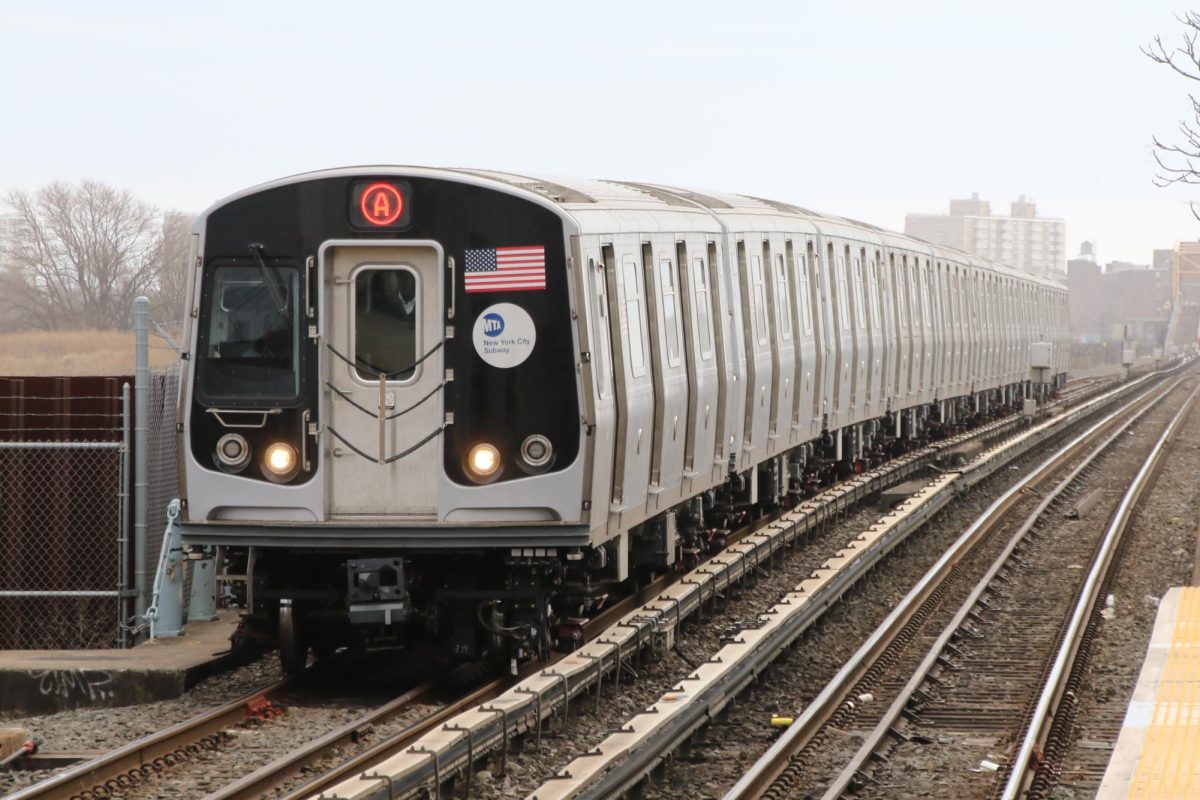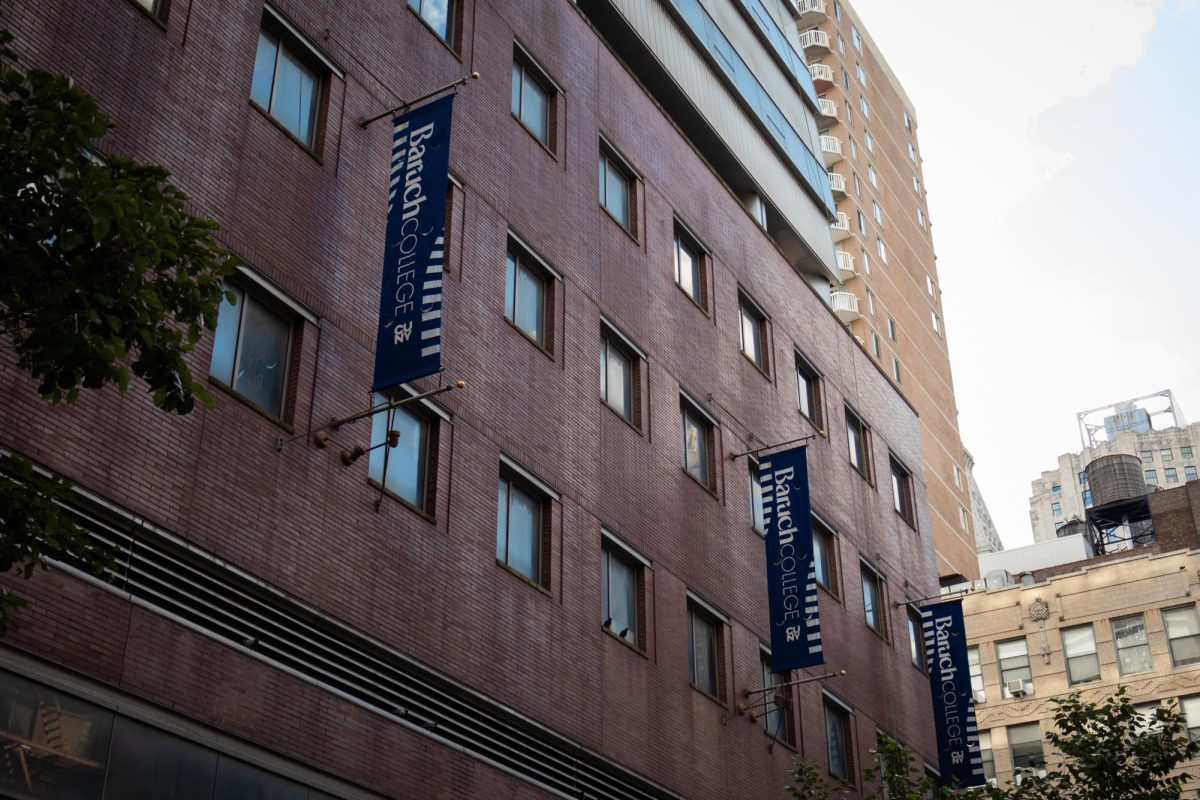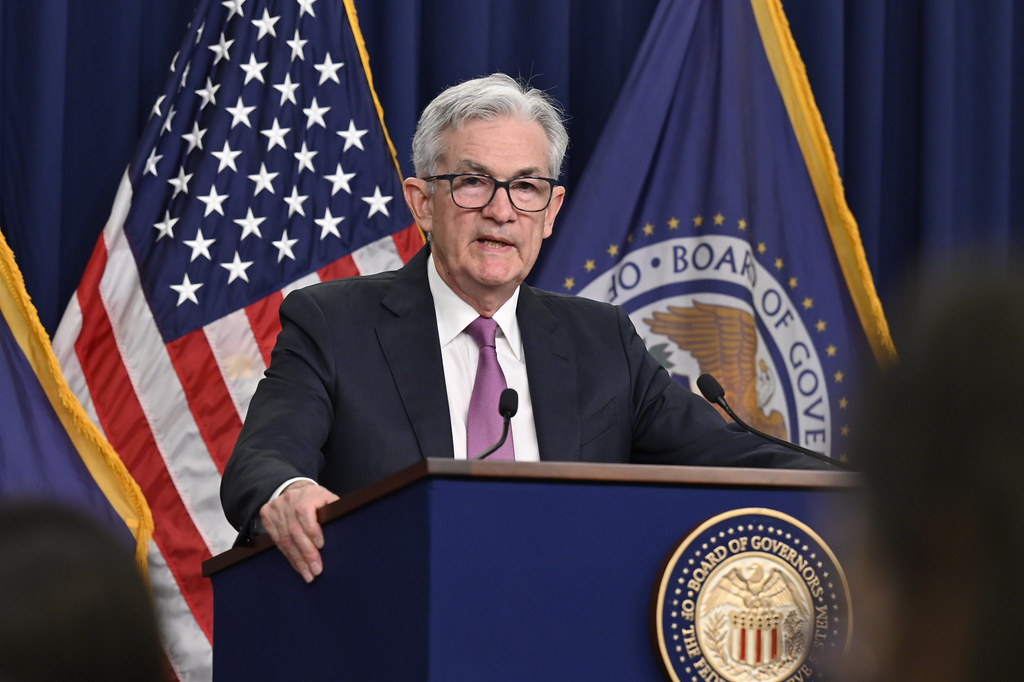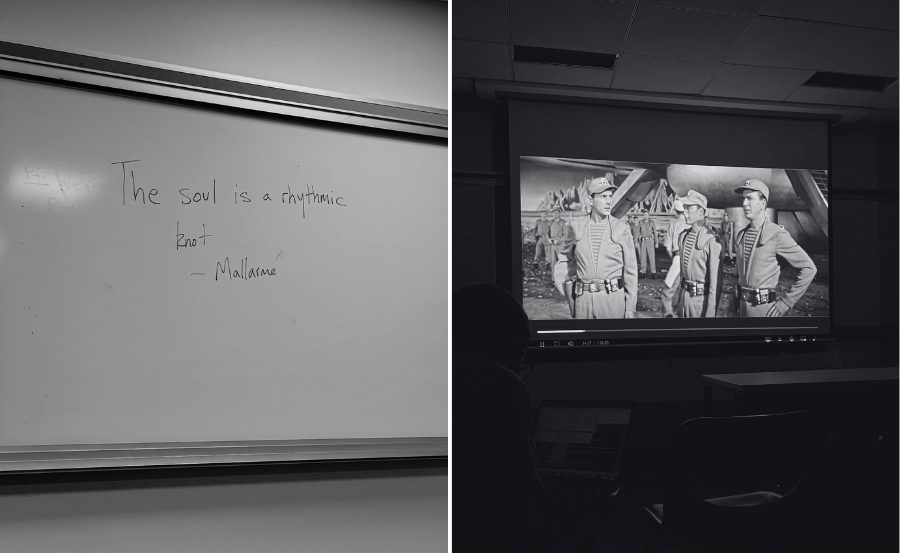The New York City transit system, long plagued with delays and aging infrastructure, is turning to artificial intelligence to improve maintenance and reduce disruptions. In a pilot program launched last year, the MTA partnered with Google Public Sector to test TrackInspect, a new track monitoring system that uses generative AI to improve railway reliability.
The potential of the TrackInspect system seems promising and manages to be an ethical use of AI. While the technology can identify track defects, it does not replace human workers. Instead, it simplifies the work of human inspectors by flagging potential issues for closer examination.
This collaborative approach ensures that AI serves as a tool to improve efficiency without diminishing the critical role of human judgment and expertise. By using AI to assist rather than replace, the program seems like a responsible and promising way to integrate technology into an already established workforce.
The program utilizes smartphones mounted on subway cars to detect track defects before they cause delays. Thanks to the sensors and microphones in smartphones, the system can track vibrations and sounds along the tracks, sending this data to the cloud for real-time analysis.
“By being able to detect early defects in the rails, it saves not just money but also time — for both crew members and riders,” NYC Transit President Demetrius Crichlow said. The MTA aims for the AI-powered program to help deploy maintenance workers before potential defects escalate, reducing delays throughout the system.
The goal is to catch small problems before they lead to more serious issues that could disrupt subway service. According to the MTA, during the initial trial, TrackInspect successfully identified 92% of track defects later confirmed by human track inspectors.
As part of the pilot program, Pixel smartphones were retrofitted onto R46 subway cars running along the A line. These smartphones recorded 335 million sensor readings, 1 million GPS locations and 1,200 hours of audio. The data was then analyzed by the AI model to flag any anomalies that could indicate potential track defects. To improve the AI’s accuracy, human track workers were still involved in verifying the findings through the manual inspection of the flagged locations and feedback. This feedback loop helped enhance the system’s predictive capabilities.
While the program shows promise, the MTA is still uncertain about the financial feasibility of expanding TrackInspect. The pilot was offered at no cost to the MTA, but the costs of scaling the program across the city are unclear.
Whether this AI-powered system can be implemented more widely will depend on funding.
If TrackInspect is successful, it could help improve subway service and ultimately save the MTA a lot of money in the long run.
While there are still many challenges ahead for the MTA, TrackInspect is a step in the right direction. The successful integration of AI with human oversight offers a glimpse into how technology can enhance public transportation maintenance without replacing the essential work of human inspectors.
If the program continues to evolve and expand, it could be a valuable tool in addressing some of the most persistent issues facing NYC’s subway system.








